Why Healers Are at War Over Dry Needling
And while some acupuncturists don’t see much harm (kind of) in sharing their craft with less trained, Western practitioners—a difference of 27-plus hours and 800 practice runs for dry needling and four years plus robust internships for acupuncturists—others are very concerned about the health and safety of those getting the prickly treatment, as well as what this means for the future of acupuncture.
You could say a war a brewing among healers, and it has its factions.
"It’s just poorly-trained acupuncture,” says David Miller, MD, who's also a licensed acupuncturist practicing both Eastern and Western medicine, in Chicago. “It’s a wild, wild west of treatment.”
According to physical therapists, though, the training is part of a well-established repertoire. "I'm not a dry needler, I'm a doctor of physical therapy," says Michigan-based Edo Zylstra. He's also the founder of KinetaCore, the company that trains somewhere between 50 and 80 percent of the physical therapists getting certified in dry needling nationwide.

{{post.sponsorText}}
"Being trained in dry needling is just a tool in my toolbox, along with other effective treatments like manipulation, correctional exercises and modalities like e-stim, hot packs, correctional functional exercise, and lasers. Dry needling allows physical therapists to be the most effective in returning patients to a higher functional and pain-free life ," Zylstra says.
What is it and is it safe? Keep reading for everything you need to know about dry needling.
Originally posted May 11, 2015. Updated February 1, 2017.
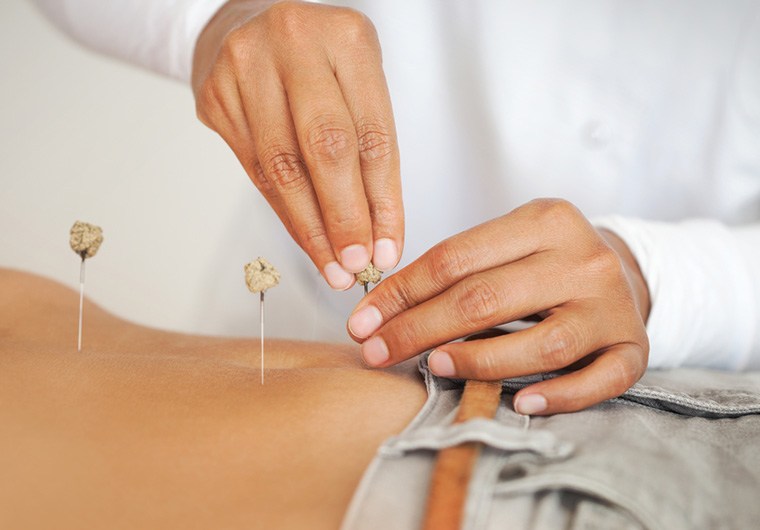
So what is dry needling, really?
Dry needling is a myofascial trigger point practice that was born in the 1940s when doctors discovered that applying hypodermic needles into a source of a patient’s muscular pain could provide relief. “Physicians noticed that muscles would fasciculate, then relax,” explains Jill Blakeway, a licensed acupuncturist and the founder of Manhattan's YinOva Center.
Currently, dry needling and acupuncture look fairly similar in practice, but not in the theory behind them. Acupuncturists insert needles into "meridiens that are believed to be the body's energy pathways," according to Blakeway. Dry needling inserts very similar needles directly into muscles, or trigger points, until they twitch, signaling that the relief process is beginning.
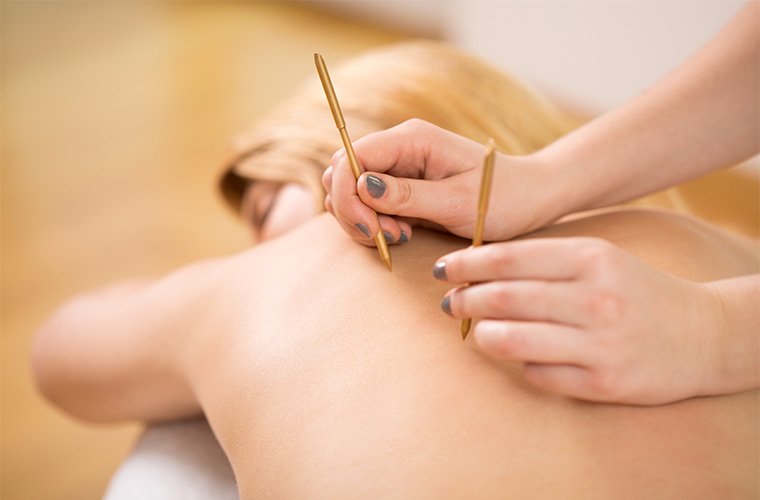
Why are people into it?
The practice has gained more popularity due to adoption from everyone from runners with injuries to the NFL for its pain relief, hastened recovery, improvements in functional movement, and the uptick of courses that train PTs to be licensed in dry needling. It's currently a legal practice for physical therapists everywhere in the United States except California, New York, Utah, Idaho, Florida, and Hawaii.
"Dry needling is probably one of the most impacting medical techniques to hit rehabilitation and recovery for years, without having the side effects of medications, surgery, and other methods," says Zylstra.
But acupuncturists say the relief is topical—and temporary. “It’s only treating the symptom of the pain, without discovering why it’s happening," says Blakeway. "Dry needling is like taking an aspirin to make your headache go away instead of finding out whether it’s a tension headache, or you’re dehydrated."
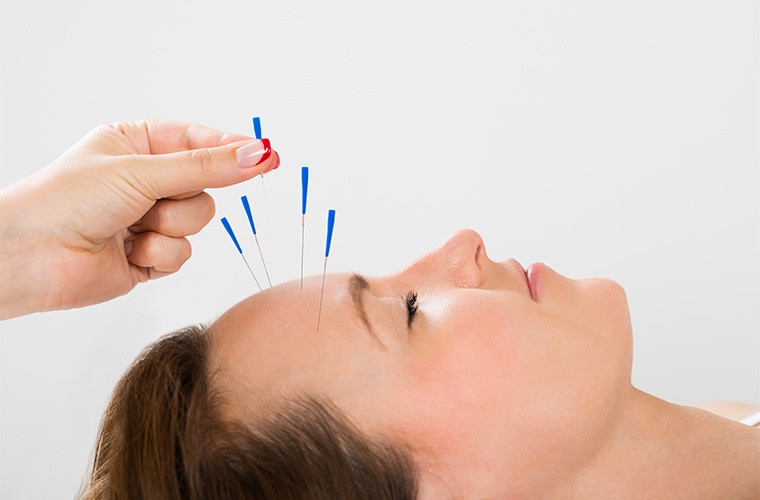
The big issue of training
At their core, physical therapists and acupuncturists want the same thing: to heal patients of their daily maladies. "Dry needling is practiced by acupuncturists and chiropractors, and now physical therapists—we're all healthcare professionals trying to get the best results," says Blakeway. But the training each receives is vastly different.
According to the National Certification Commission for Acupuncture and Oriental Medicine, in order to be board certified, acupuncturists complete a four-year, full time Masters program that includes at least 3,000 hours of study, 660 clinical hours, and 350 patient visits. And they're rigorously trained according to the body’s meridiens and channels—and where to, and not to, place a hair-thin needle.
In order to become certified in dry needling, Zylstra says physical therapists have already completed their Masters or Doctorate programs in physical therapy (or over 1,500 clinical hours), and spent two full years practicing. They then take at least one specific dry needling course for 27 hours, but many take multiple courses after that.
"KinetaCore's standards require completion of a log of 200 treatment sessions which will result in a minimum of 800 muscles treated before taking the advanced Level 2 course," Says Zylstra. "In all our courses, we teach the anatomy of all the muscles we're focusing on as well as the risks associated with needling them," says Zylstra. "You are then required to take a competency test that you're not guaranteed to pass."
But according to doctors on the Eastern side, that's not enough. “Chinese medicine views the body as a whole—not just one source of random pain,” says Lonny Jarrett, a licensed acupuncturist and neurobiologist who practices in Massachusetts. “Physical therapists have no training in the deep medical implications of needling, and don’t understand the broader implications of their actions on physiology," leading to safety concerns.
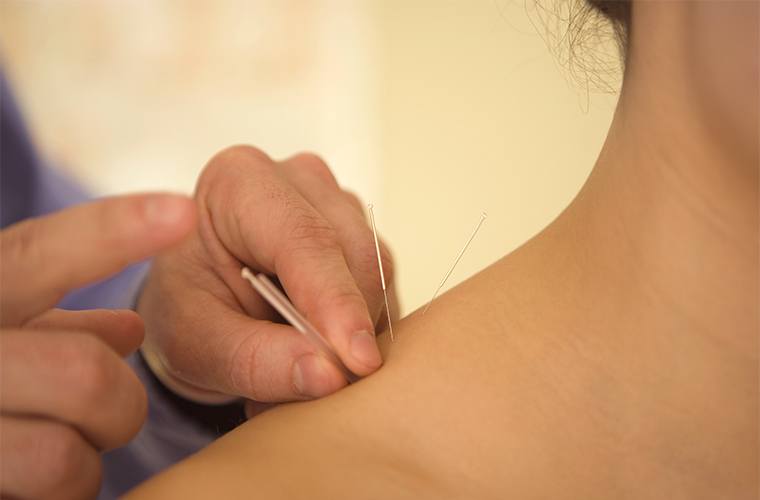
How safe is it?
Acupuncturists say that dry needling turns a noninvasive procedure in a physical therapy session into an invasive one, something PTs don’t have training for.
While it’s not common, waves have been made over nerve damage and punctured lungs caused by dry needling. Last year, Olympic freeskiier Torin Yater-Wallace was hospitalized for a collapsed lung that he attributed to dry needling treatments from his physical therapists.
"Our goal is absolute safety," says Zylstra, who sits on two task forces focusing on dry needling competency and safety. "Dry needling is invasive, but very minimally so. Physical therapists have training in the muscular skeletal system throughout their schooling that most doctors don't even get, unless they're orthopedists."
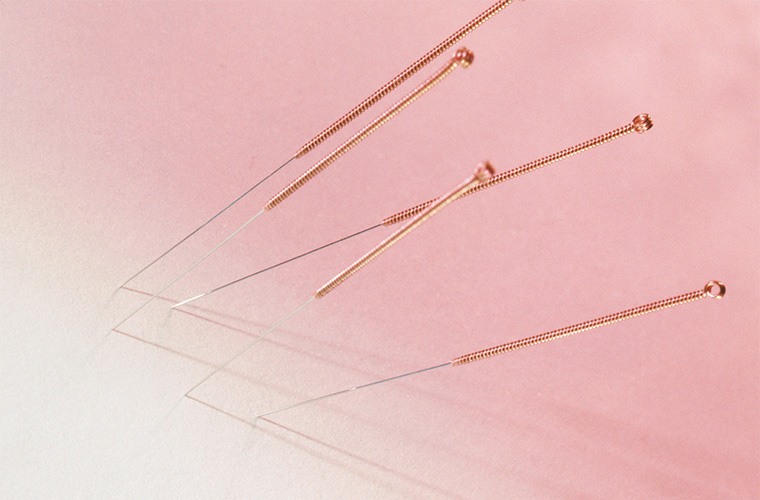
Healer whitewashing
For many healers, even if the therapy is safe, it represents a whitewashing of Eastern medicine practices to fit Western sensibilities. “I've heard some physical therapists say it's a new technique that has Western origins,” says Miller. “That’s dumbing down a practice that's 4,000 years old and taking it out of context."
And if the two practices are routinely confused as the same thing, acupuncturists say, people will lose sight of the value of the ancient practice administered by highly-trained practitioners. “[Acupuncture] is already the low rung on the totem poll in the way people think about their option and treatment," Jarrett says.
"It’s bad PR to have a physical therapist taking a weekend course and coming out saying they’re an acupuncturist, or having a patient say they had a bad experience with acupuncture when they really had dry needling," Jarrett adds. "It’s like going to KFC and saying you’ve had chicken." — Brittany Burke
Wellness treatments are getting real woo-woo lately—in the best way possible. These are the trends that are about to go mainstream.
Loading More Posts...